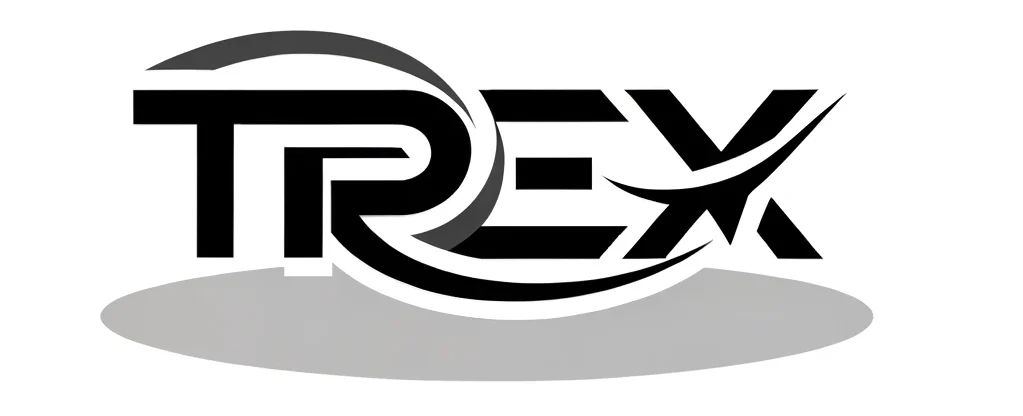TREX TV
Step-by-Step Guide to Setting Up IPTV in Canada
The world of television has undergone a significant transformation in recent years, with many Canadians opting for Internet Protocol Television (IPTV) instead of traditional cable services. IPTV delivers television content via the internet, providing a wide array of channels and on-demand programming. This guide will help you navigate through the process of setting up IPTV in Canada, ensuring you can enjoy uninterrupted access to your favorite shows and movies. Whether you’re a tech-savvy individual or someone new to this technology, the following sections will provide you with the information you need for a seamless IPTV experience.
Understanding IPTV: What It Is and How It Works in Canada
IPTV, or Internet Protocol Television, utilizes the internet to deliver television programming, distinguishing it from conventional cable and satellite systems. Instead of receiving signals through cables or satellites, IPTV streams content directly to your device over a broadband connection. This allows for a menu of on-demand offerings, live television channels, and the ability to pause or rewind live broadcasts. In Canada, IPTV services have grown in popularity, driven by advancements in internet speeds and the increasing demand for customizable viewing experiences.
The technology behind IPTV involves encoding video into a digital format, which is then transferred through a secure network. This means that users can access a variety of channels and content libraries without the need for bulky hardware or long-term contracts. Major telecommunications companies in Canada, such as Bell and Telus, have developed their IPTV services, but there is also a wide range of third-party IPTV providers that offer diverse channel options and subscription models. Understanding the differences between these services is crucial to making informed choices when selecting an IPTV provider.
Moreover, the legal landscape surrounding IPTV must be considered. While many IPTV services operate within legal frameworks, some may offer access to pirated content, leading to potential legal repercussions for users. It’s essential to ensure that the IPTV service you choose complies with Canadian broadcasting regulations to avoid these risks. Researching reputable providers and reading reviews can help you navigate the IPTV landscape while ensuring that you enjoy quality content legally and ethically.
Essential Equipment and Internet Requirements for IPTV Setup
Before diving into the installation process for IPTV, it’s important to have the right equipment ready. At the very least, you will need a compatible device to access the IPTV service, which could be a smart TV, a streaming device (like Roku or Amazon Fire Stick), a smartphone, or a computer. Many IPTV services also support Android or iOS applications, enabling flexibility in how and where you watch your favorite channels. It’s advisable to check the specific requirements of your chosen provider to ensure compatibility.
In addition to the device, a stable internet connection is crucial for an optimal IPTV experience. Most IPTV services recommend a minimum internet speed of 10 Mbps for standard definition (SD) content and at least 25 Mbps for high-definition (HD) programming. For 4K content, speeds of 50 Mbps or higher are often necessary. You can assess your internet speed using various online speed tests, and if your current provider doesn’t meet these requirements, consider upgrading your plan or switching to a more reliable service.
Another essential piece of equipment is a router that supports sufficient bandwidth to handle streaming multiple devices simultaneously. If you plan to watch IPTV on more than one device, consider investing in a dual-band or tri-band router. Additionally, a wired Ethernet connection is often more reliable than Wi-Fi for streaming, minimizing buffering and enhancing picture quality. By ensuring that you have the proper equipment and internet setup, you can significantly improve your IPTV experience.
Configuring Your IPTV Service: A Step-by-Step Process
Once you have the necessary equipment and a robust internet connection, you can proceed with configuring your IPTV service. First, sign up for an IPTV subscription through your chosen provider, and take note of any login credentials or activation codes provided. Each IPTV service will have its own unique setup instructions, so it’s essential to follow the guidelines outlined by your provider closely. Most services will offer a user-friendly guide or a customer support line to assist with installation.
Next, download the IPTV application that corresponds with your chosen service. For smart TVs, you may need to download the app directly from the device’s app store. For streaming devices, you will typically access the platform’s interface and find the IPTV app there. After installing the app, launch it and enter the login credentials provided by your IPTV service. This step may also require you to enter an M3U URL or an activation code, depending on the provider’s specifications.
Finally, after logging in, you should receive access to the channel lineup and on-demand content available with your subscription. You may want to customize your settings, including parental controls, favorite channels, and video quality preferences. Take some time to explore the interface and familiarize yourself with the features available. Once you’ve configured your IPTV, you’re ready to enjoy a diverse range of programming right from the comfort of your home.
Troubleshooting Common IPTV Issues in Canada: Tips and Tricks
Even with the best setup, you may occasionally encounter issues while using IPTV services. One common problem is buffering, which can occur due to insufficient internet speed or network congestion. If you experience buffering, try restarting your router and connecting your streaming device directly via an Ethernet cable to enhance the signal. Additionally, check for any background applications or devices that may be consuming bandwidth and adjust accordingly to prioritize your IPTV streaming.
Another frequent issue is the loss of channels or a malfunctioning app. If you find that certain channels are not accessible or the app crashes, first check if there are any service outages reported by your IPTV provider. If everything seems normal on their end, try clearing the app’s cache (if applicable), logging out, and then logging back in. Updating the app or your device’s firmware can also resolve many glitches that lead to performance problems.
Lastly, if you continue to experience issues, don’t hesitate to contact customer support. Reputable IPTV providers will offer assistance through various channels, including live chat, email, or phone support. Be prepared to provide them with details about your setup and the specific issues you are facing so they can assist you effectively. With these troubleshooting tips in hand, you can ensure a smoother and more enjoyable IPTV experience in Canada.
Setting up IPTV in Canada can open up a world of entertainment options, enabling you to tailor your viewing experience to your preferences. By understanding what IPTV is, ensuring you have the right equipment and internet connection, and following the configuration steps, you can enjoy a seamless streaming experience. Additionally, being aware of potential issues and knowing how to troubleshoot them can help you maintain uninterrupted access to the content you love. With this step-by-step guide, you’re now equipped to embark on your IPTV journey confidently.

